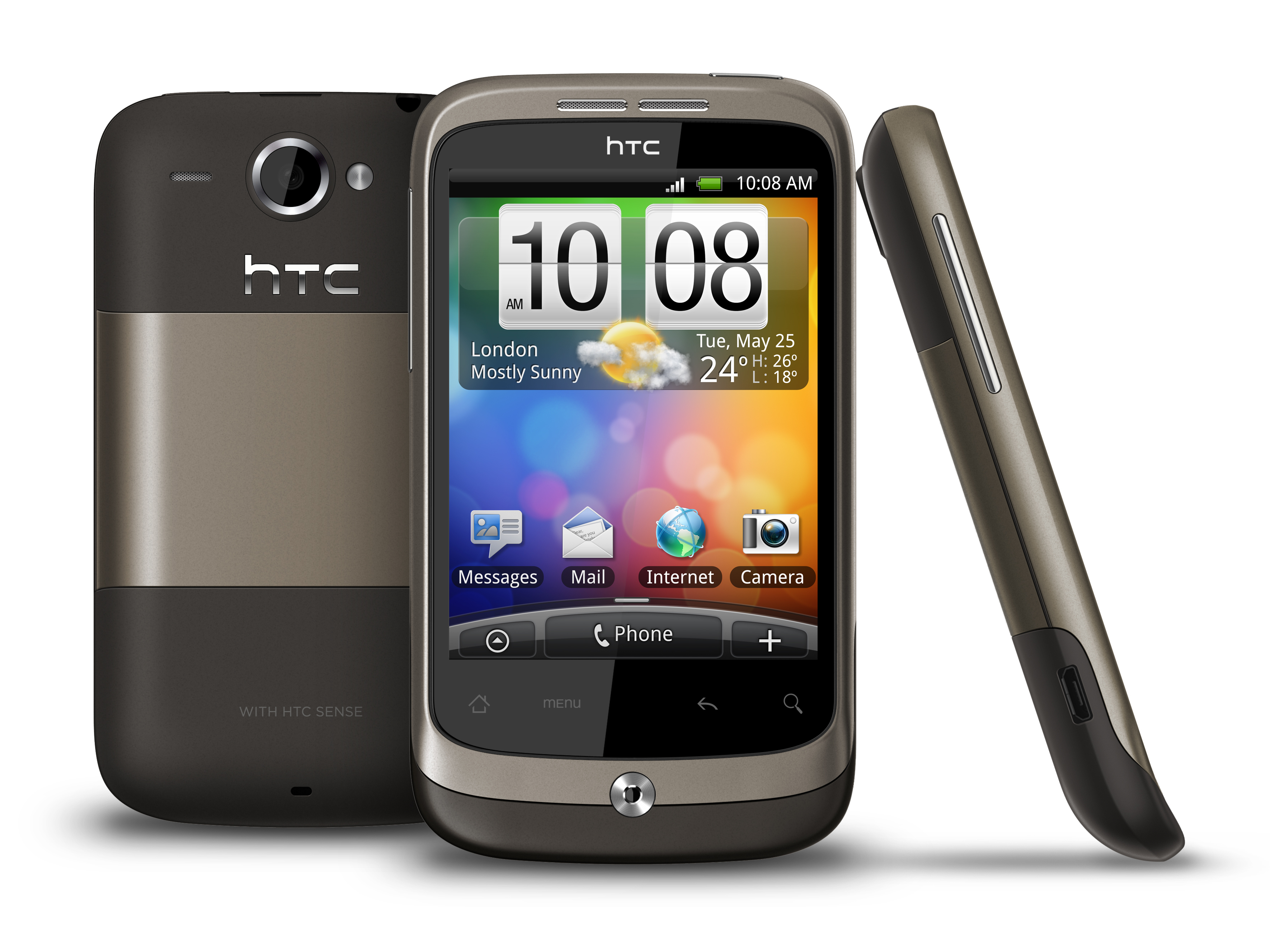Why you can trust TechRadar
HTC doesn't go in for masses of custom software for connecting your handset to a PC or Mac.
Considering some of the abominations other manufacturers have come out with (looking at you, Samsung and Sony Ericsson), it's probably just as well the HTC Wildfire is simply treated like an external storage device when plugged into a computer via USB.
Copying songs, video files and documents across is as easy as copying them between folders on your desktop.
Network coverage on O2 was standard, pretty good most of the time with only the occasional blackspot.
We did suffer a couple of call cut-outs for no apparent reception-related reason, and at least one text message delivery was delayed by several hours. It's not clear if this was a network or handset issue.
GPS on the HTC Wildfire was far better than handsets in a similar price-bracket, for example the Sony Ericsson Vivaz which struggled to locate us after twenty-minutes of trying.
The HTC Wildfire managed to find us almost every time we opened the map app. Unfortunately, the location service for the weather widget on the home screen was another story – it was so flaky that at one point it thought we were in New York City when we were, in fact, in Somerset.
Getting set up on Wi-Fi is covered by the handy set-up guide the first time you turn the HTC Wildfire on.
There's always a notification when an open Wi-Fi network is in range, and the handset will remember Wi-Fi networks you've connected to recently so you don't need to repeatedly mess about with WEP keys and passwords for familiar networks.
Comparison
HTC has given the budget Android phone a go before – it didn't go so well. The HTC Tattoo was a horribly toy-esque resistive touchscreen handset.
The HTC Wildfire, however, makes good on all the promise of that cramped little handset. With fewer buttons clogging up the front panel, a capacitive screen and a more mature design, it blows the HTC Tattoo out of the water.
We'd be remiss if we didn't mention the likenesses between the HTC Wildfire its older brother, the HTC Desire. A powerhouse of a handset, the Desire is one of the few ever to score five stars in a TechRadar review.
Aside from lower processing power, screen quality and size, the two handsets are very much alike; and we can't say we felt the loss as much as we were expecting to.
Although we did find the screen a little cramped on the HTC Wildfire and watching video content was nowhere near as satisfying as on the Desire's lovely AMOLED screen – but that processor held up well and we could easily get by.
Although the Wildfire's screen is small, we were happy to have the QWERTY keypad layout and great zoom facilities for web browsing.
If you fancy something even smaller, we'd point you in the direction of the Sony Ericsson X10 Mini, another Android smartphone-lite with similar capabilities to the Wildfire but a completely different Android experience.
The HTC Wildfire even manages to give older models of the iPhone a run for their money; with Android's flexibility and customisation, in many ways it's a nicer handset to use than the iPhone 3G.
Sadly, the iPhone App Store continues its vast superiority to the up-and-coming Android App Market; but its day will come – eventually…
If considered a mid-range handset, in a bracket with the likes of the Sony Ericsson Vivaz and LG GW620 InTouch Pro, the HTC Wildfire easily takes the crown. It's a combination of sleek, mature styling, ease of use and speedy web browsing that makes it the best in group.
Current page: HTC Wildfire review: Connectivity and comparison
Prev Page HTC Wildfire review: Battery, apps and maps Next Page HTC Wildfire review: Hands on pictures